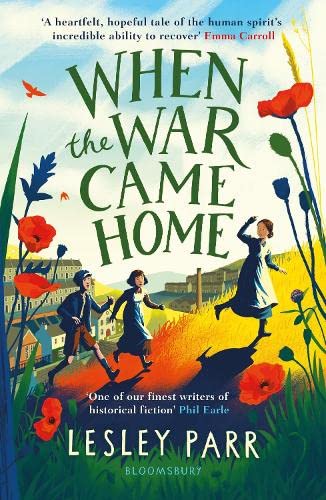When The War Came Home
Natalie is aged twelve. Her father has died. Her mother works in a Welsh factory. Natalie’s mother takes up the case of a woman docked a half hour’s pay when she had to attend a medical appointment. Cast as a trouble maker, Natalie’s mother gets the sack. Mother and daughter have to move to a different part of Wales and live with Natalie’s maternal aunt and the aunt’s family. That family includes a cousin of twelve named Nerys, whom Natalie initially finds loquacious and annoying. Seventeen-year-old Huw lied about his age to be recruited into the army. He was aged only fourteen when he fought in the battle of Passchendaele. All the members of Huw’s family are now living with the after effects of the Great War.
When Natalie starts at a new school, she becomes involved in a dispute about free school meals. She also meets two soldiers suffering mental or physical injuries from the war. Parr’s novel now poses the question whether Natalie can help the various people who need support? And what is Natalie fated to learn about herself and her capabilities?
Most novels set in this period centre upon the war itself. This book describes the period after the war when its dire consequences took hold. Parr reveals the contrast between the popular expectation that after the war normal life would resume and the reality that the scars of war run deep. She also describes the ways in which the rights of workers, treated unfairly as a matter of routine, gradually begin to be asserted and defended. The reader sees the origins of the movement that fought to bring decency and fairness to the British workplace.










